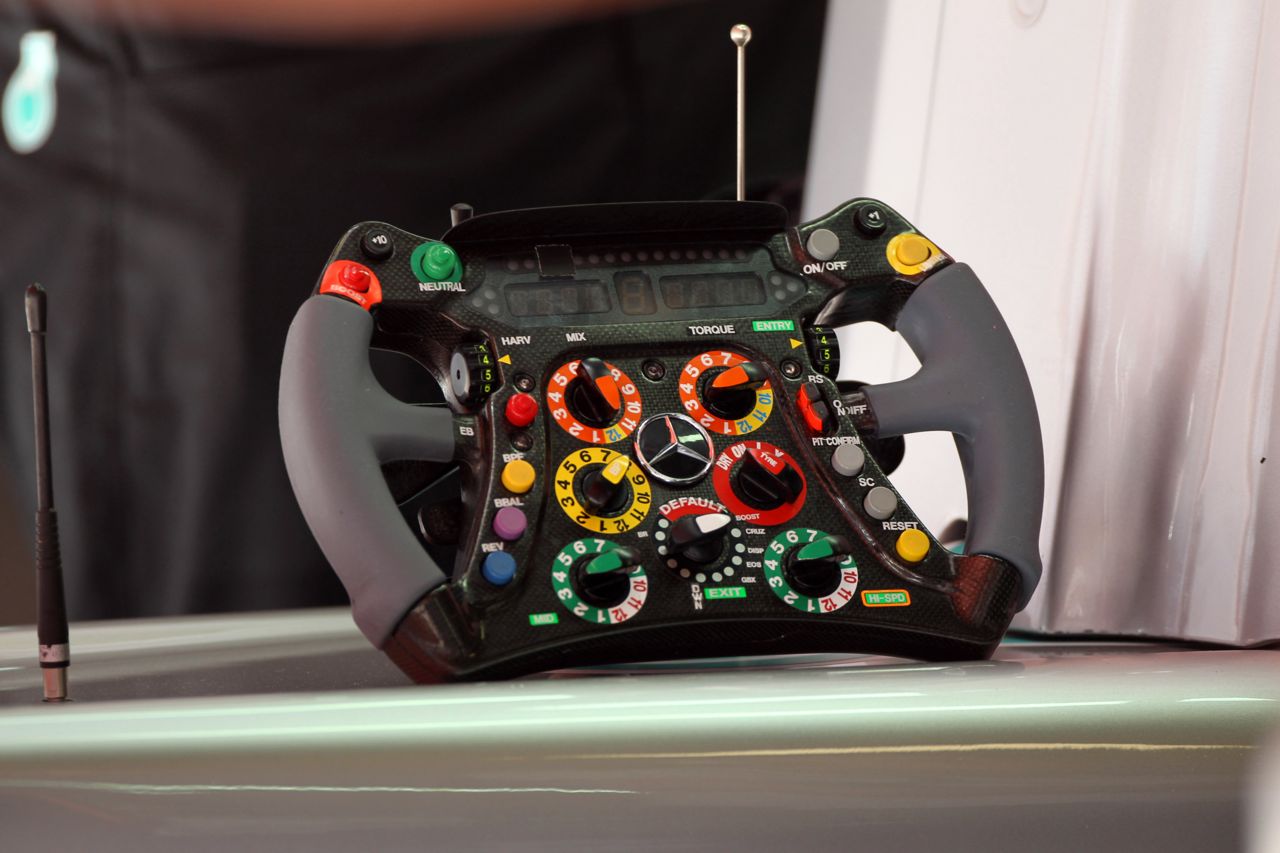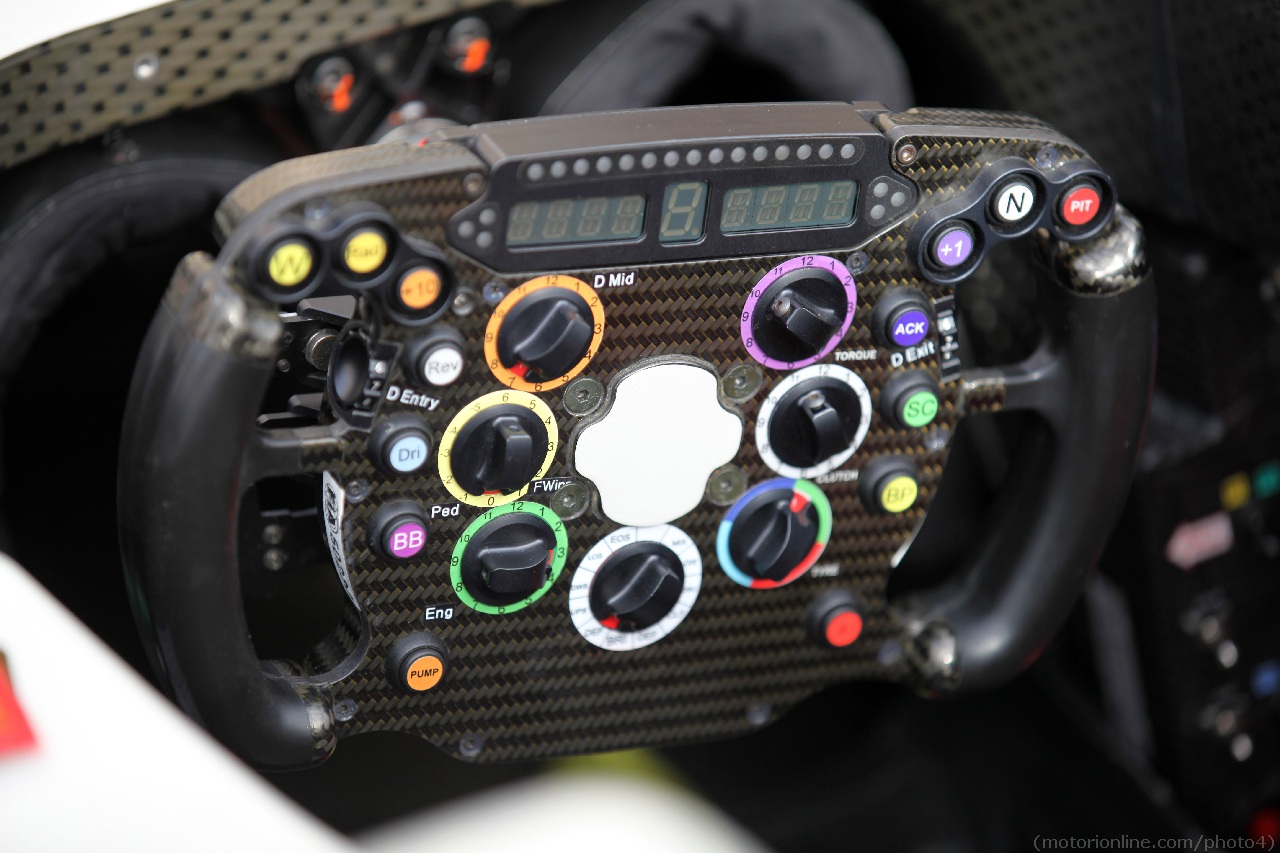bhallg2k wrote:It's only two.
5.5.4 The accelerator pedal shaping map in the ECU may only be linked to the type of the tyres fitted to the car : one map for use with dry-weather tyres and one map for use with intermediate or wet-weather tyres.
This is not 2 engine maps but to accelerator pedal shaping maps.
They have more than 2 engine maps. The only thing which changed in 2011 was teams cannot load anymore a new set of map between qualifying and race to avoid extreme EBD maps.
McLaren have at least 5 maps if I remember correctly, as the 4th is extreme fuel saving mode and they also have an overtake button. If someone has ECU specs, we sould be able to find maximum number of engine spec.
Lurk wrote:What about a "security" avoiding engine to run faster than 13000rpm if it runs at idle?
I was thinking about the clutch position but 5.6.4 forbids it
5.6.4 Engine control must not be influenced by clutch position, movement or operation.
In the other hand...
5.6.7 A number of engine protections are available in the ECU.
A minimum of nine seconds hold time should be configured for the engine protections enabled during qualifying and race. The configuration of the air tray fire detection and throttle failsafe are exceptionally unrestricted in order to allow each team to achieve the best level of safety.
Could they use that? They engage an engine protection more than 9s before the start then remove the restriction during the start. I found nothing about when engine protection can be activated/deactivated or what they are exactly...
BTW, some rules which could interest us.
5.6 Engine control :
5.6.1 The maximum delay allowed, computed from the respective signals as recorded by the ADR or ECU, between the accelerator pedal position input signal and the corresponding output demand being achieved is 50ms.
5.6.2 Teams may be required to demonstrate the accuracy of the engine configurations used by the ECU.
5.6.3 The maximum throttle target map in the ECU may only be used to avoid throttle target oscillations when the change of torque is small for a change of throttle position. It must not be used to artificially reduce the maximum engine torque.
The selection of the maximum throttle target map will be fixed during qualifying and race.
5.6.4 Engine control must not be influenced by clutch position, movement or operation.
5.6.5 The idle speed control target may not exceed 5,000rpm.
5.6.6 Except when anti-stall or idle speed control are active, ignition base offsets may only be applied above 80% throttle and 15,000rpm and for the sole purpose of reducing cylinder pressure for reliability.
5.6.7 A number of engine protections are available in the ECU.
A minimum of nine seconds hold time should be configured for the engine protections enabled during qualifying and race. The configuration of the air tray fire detection and throttle failsafe are exceptionally unrestricted in order to allow each team to achieve the best level of safety.
5.7 Engine high rev limits :
Engine high rev limits may vary for differing conditions provided all are significantly above the peak of the engine torque curve. However, a lower rev limit may be used when :
- The gearbox is in neutral.
- Stall prevention is active.
- The driver clutch request is greater than 95% of the total available travel of the driver clutch actuation device, used only to protect the engine following a driver error.
- An engine protection is active.
- The bite point finder strategy is active.
- The safety car is deployed or during the formation lap.
Except for the above conditions, ignition, fuelling and throttle may not be used to artificially control the engine speed or alter the engine response in a rev range more than 1,000rpm below the final rev limit.







